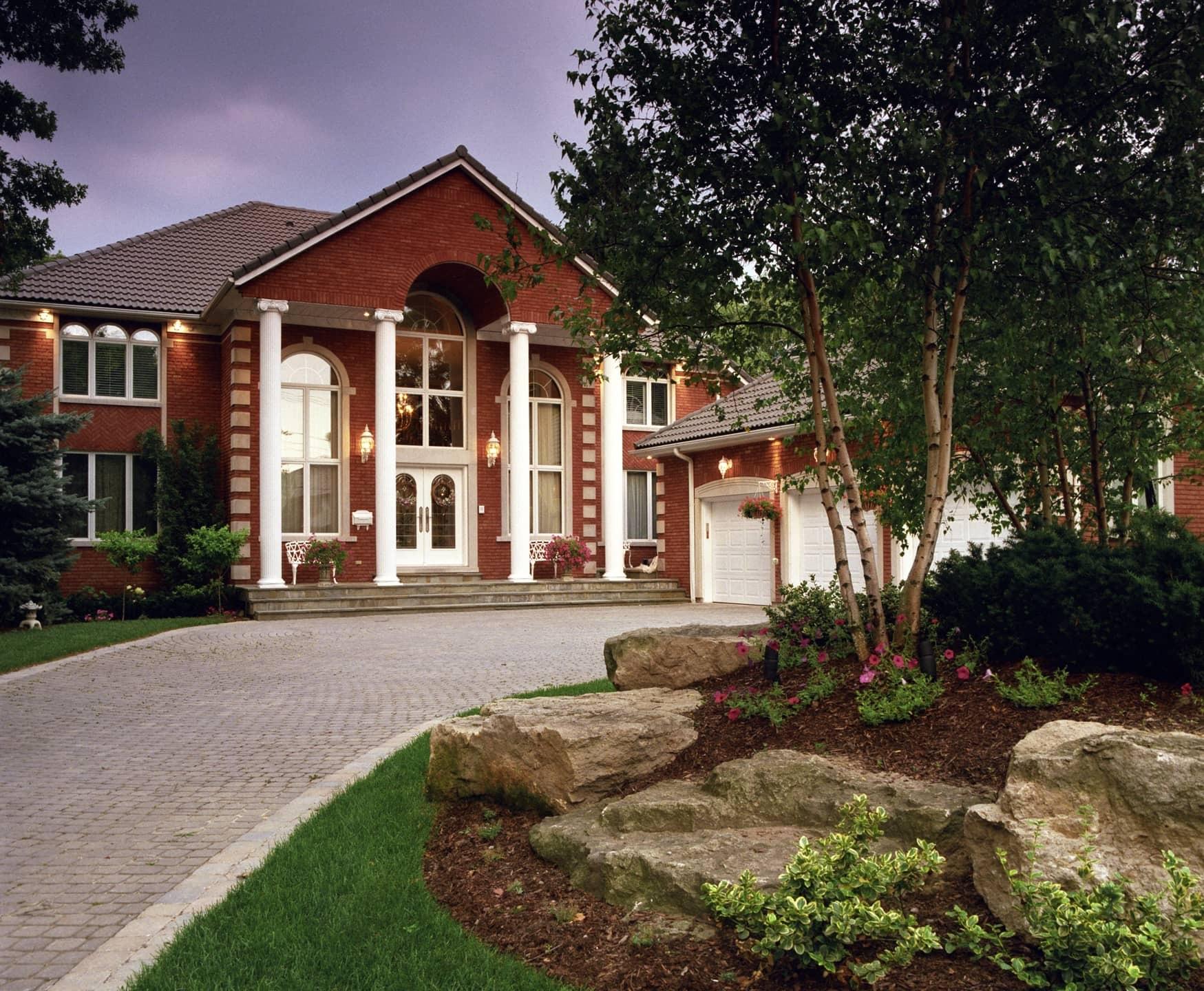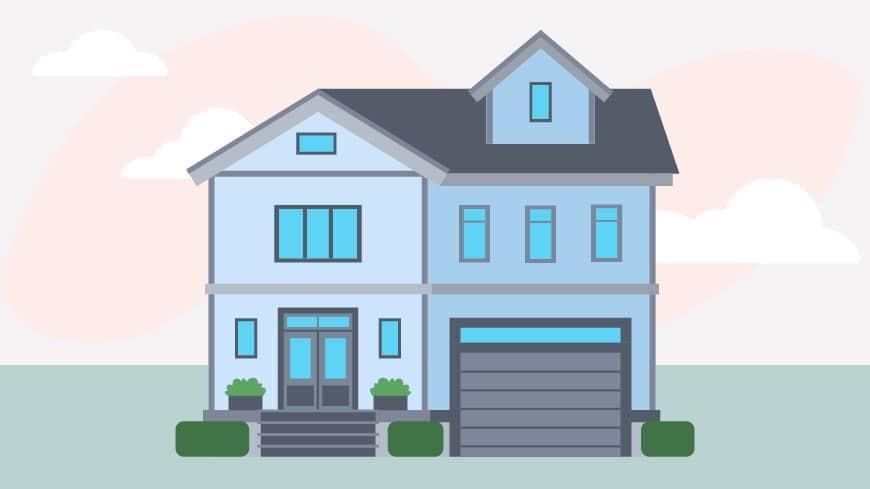Home Possible loan income limits and more

Fannie Mae and Freddie Mac share the goal of keeping mortgages affordable for the American people. Part of that initiative is Freddie Mac’s Home Possible mortgage program. Introduced in 2014, Freddie Mac’s Home Possible mortgage program is designed as a helping hand for prospective buyers who might not be able to secure a conventional mortgage.
By lowering some of the financial barriers to borrowing, low-to-moderate-income applicants have a better chance of becoming homeowners through this program. Lower down payments, credit flexibility and availability to both first-time and repeat buyers are just a few of the typically heavy costs that are made a little easier with a Home Possible mortgage.
While the financing program does require you to pay for private mortgage insurance, those payments can be canceled once you reach 20% equity in the home. Before we go into detail about the advantages of a Home Possible mortgage, let’s make sure you meet the income limits to qualify in the first place.
What are the Home Possible income limits?
To be an eligible Home Possible buyer, the amount you earn can’t surpass your geographic area’s annual median income. If you’re unsure what this requirement means for your location, check out Freddie Mac’s eligibility map. Simply enter the street address for the area and find out the income requirements for your desired neighborhood.
Using this tool not only provides you with the area-specific Home Possible income limits, but helps determine what level of financing you’re eligible for. An income of less than 50% of the county area median qualifies you for a Very Low Income Loan. If your income is greater than 50% but less than 80% of the county median, you’ll likely qualify for a Low Income Home Possible Loan.
If you do qualify, your level of income will further indicate how much of a down payment you’ll be expected to provide. The amount of interest your lender attaches to the loan is also impacted by your level of income.
If you live in an area with a higher median income, it could be easier to secure a Home Possible mortgage.
How do you qualify for a Home Possible mortgage?
Before issuing a Home Possible mortgage, your lender will take a close look at your financial background to determine whether you fall within the eligibility standards. This type of lending offers clear advantages, but those benefits are only available if you meet these criteria:
- Debt-to-income ratio
- Credit score
- Homebuyer education
Debt-to-income ratio
For any mortgage, lenders will take a close look at your debt-to-income ratio to determine whether you can afford monthly payments. This measurement highlights how much of your gross monthly income is already committed to other debts. Car payments, student loans or hospital bills all factor into your debt-to-income ratio, since they’ll limit how much you can contribute for a mortgage.
To be eligible for Home Possible lending, your total debts, in addition to your new mortgage payment, cannot eat up more than 45% of your monthly income.
Credit score
Home Possible loans might come with stricter credit requirements than other mortgage assistance programs. If you apply with a credit score of 680 or higher, you can avoid additional lending expenses that come with other mortgage programs.
Homebuyer education
As a first-time homebuyer, you’ll be required to to complete a homeownership education program before your Home Possible application can be approved.
You can sign up for one of these courses via a HUD-approved finance agency, mortgage lender or community development institution. For an online option, you can access Freddie Mac’s CreditSmart program, which might be a more convenient means of completing the requirement.
These courses generally go over the mortgage process, money management strategies and the importance of a solid credit background.

Pros of Home Possible mortgages
Home Possible mortgages were created to ease some of the burdens buyers face when applying for a mortgage. As a result, the program carries a number of advantages not found in other financing packages:
- Down payment requirements
- Cosigner opportunities
Down payment requirements
When researching mortgage options, you’ll quickly realize the down payment requirements on Home Possible mortgages offer a clear advantage. On a typical home loan, buyers would have to hand over at least 20% of the sales price for a down payment in order to avoid any mortgage insurance requirements.
Home Possible mortgages, however, will require a significantly lower amount: 3% of the sales price is all you’ll need for a down payment. On a $200,000 home, you’d have to pay $6,000 for this stage of the mortgage process. Applying for a conventional mortgage on the same property would mean paying $40,000 for this upfront cost alone.
Cosigner opportunities
Unlike some mortgage product options, Home Possible loans allow you to apply with a non-occupant cosigner. A cosigner acts as a backup source of repayment when the primary borrower can't keep up with their payments. This arrangement is especially helpful for those with little or no credit looking to secure a mortgage on their own.
If a parent or relative with an established credit history agrees to join your loan as a cosigner, you’ll have a much better chance of financing approval.
Cons of Home Possible mortgages
Despite the clear benefits of this mortgage program, there are a few disadvantages that might discourage you from taking on a Home Possible loan:
- Limiting income restrictions
- Strict lending requirements
Limiting income restrictions
If you already live in an area with a relatively low median income, the amount you make might disqualify you from the Home Possible program.
Strict lending requirements
According to Freddie Mac’s lending guidelines, eligible Home Possible applicants need to have a credit score of 680 or higher. Compared to other home loan programs, this can be a tall barrier to entry.
FHA loans, another government-sponsored mortgage assistance program, have much more lenient credit lending terms. With a score as low as 580, you could still secure this type of loan. VA mortgages don’t come with an established credit score minimum at all, but lenders will still attach their own lending thresholds.
In conclusion
Home Possible loans are an excellent way to get a foothold in the world of real estate, as long as you can qualify. The income limits on these loans, however, might negate some of the advantages that come with this agreement.
Whether you’re a first-time or repeat buyer, Home Possible mortgages might provide the homebuying solution you’re looking for. If you’re still unsure whether this is the best way to begin the mortgage process, it’s always a good idea to meet with a loan officer and get the full picture of your lending options.




